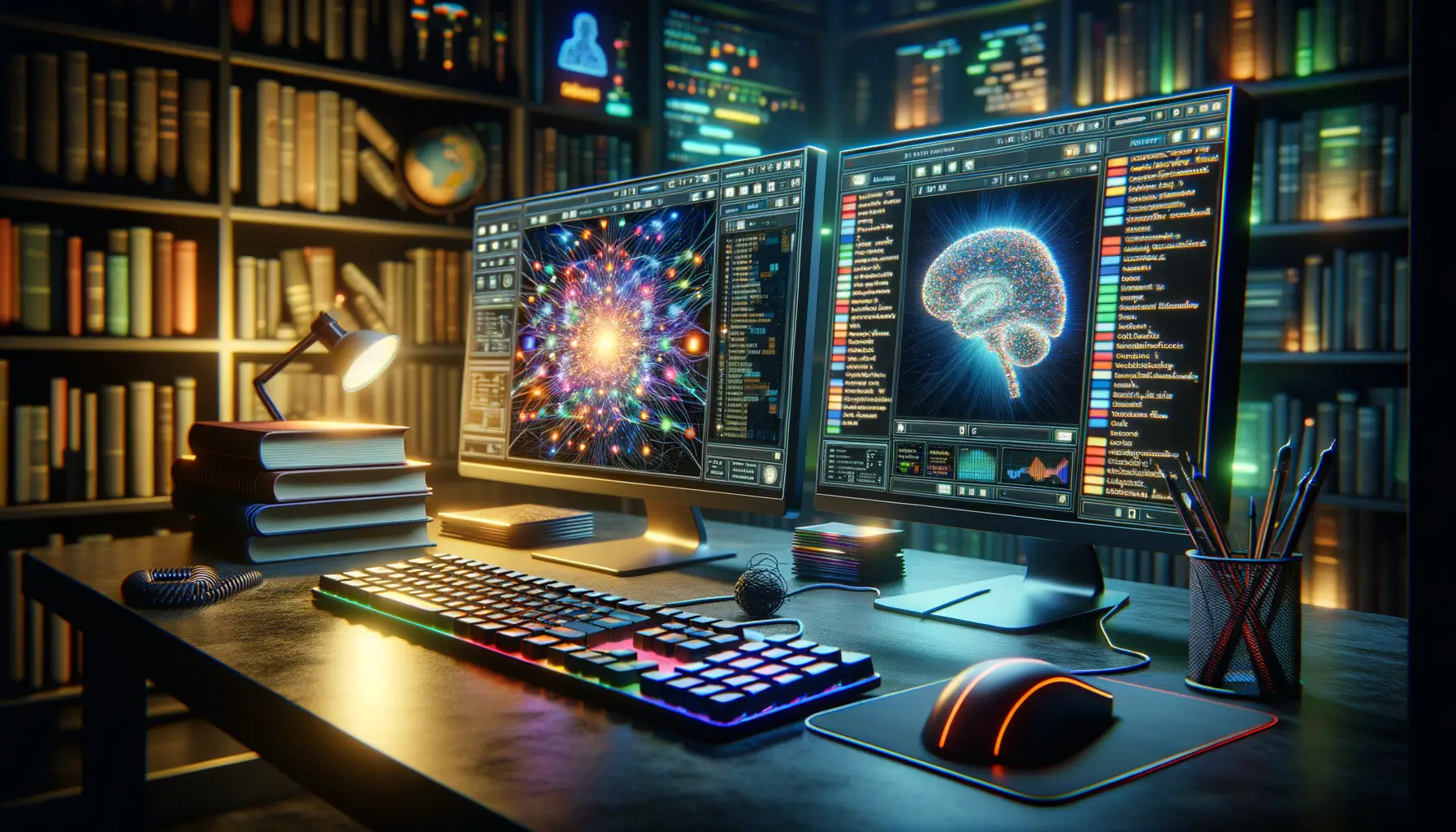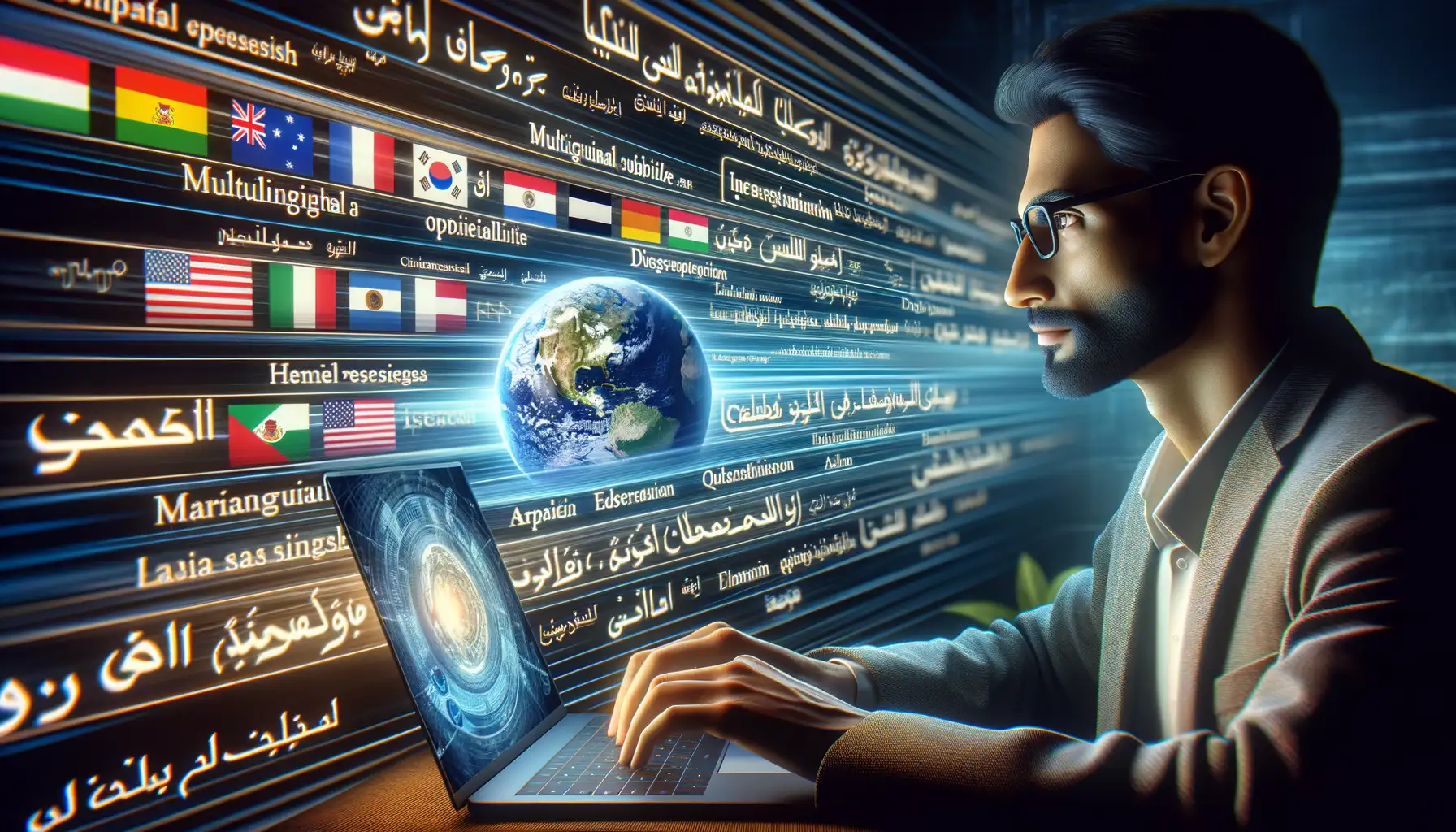Importance of Multilingual Subtitles in a Globalized Media World
The Power of Stories That Speak Every Language
Imagine watching a heart-pounding drama where every glance and whisper matters—but the words don’t come in your language. Frustrating, isn’t it? This is where multilingual subtitles step in as unsung heroes, breaking down language barriers like cultural bridges built at lightning speed.
In our hyper-connected world, streaming platforms are more than just movie hubs—they’re portals into unfamiliar cultures. With multilingual subtitles, a K-drama enthusiast in Brazil can vibe with a storyline from Seoul, or an indie French film can have audiences crying in California. Subtitles are the translators of emotions, turning linguistic gaps into mere commas.
Still not convinced? Let’s look at their wider impact:
- Global reach: Smaller regional productions find international audiences eager to explore their worlds.
- Inclusivity boost: People learning new languages or those who are hard of hearing gain access to a richer media experience.
It’s not just about understanding words. It’s about feeling the yearning in a whispered “je t’aime” or the urgency in a shouted “¡Corre!” Subtitles make the world smaller, yet more profoundly diverse.
Technological Advancements in Subtitle Generation and Translation

The Magic Behind AI-Powered Subtitle Tools
Imagine pressing play on a movie and seeing subtitles instantly adapt—not just translating words, but capturing cultural humor, slang, and emotion. This isn’t sci-fi; it’s the work of cutting-edge AI in subtitle generation. Thanks to *Natural Language Processing* (NLP) and *Machine Learning* (ML), today’s systems can analyze dialogue and context faster than ever, crafting translations that feel like a native speaker wrote them.
These tools don’t stop at word-for-word translation. They account for tone, pacing, and even regional dialects. A British rom-com’s “fancy a cuppa?” becomes the perfect Spanish invitation. Cool, right? But let’s not stop there—AI is also getting smarter about syncing text with razor-sharp accuracy. Gone are the days of subtitles lagging a second behind the action. Algorithms now study video frames to match speech timing like clockwork.
- Speech Recognition: AI deciphers audio tracks, even when actors mumble or speak over each other.
- Neural Machine Translation: Contextual understanding makes subtitles sound natural across languages.
- Voice-to-Text Synchronization: Seamless alignment with visuals ensures zero distractions.
It’s not perfect yet, but the gap between humans and machines is closing faster than we thought. The result? Subtitles that feel alive.
Challenges Faced by Streaming Platforms in Implementing Multilingual Subtitles

Breaking Language Barriers: The Hurdles Streaming Platforms Face
Creating multilingual subtitles might sound simple—just throw some text on the screen for translation, right? Oh, how far from reality that is! Streaming platforms wrestle with a dizzying array of challenges that go beyond just swapping English for Spanish or French. Let’s peel back the curtain.
First off, there’s the issue of accuracy vs. cultural nuance. Automated systems like AI translators often stumble when faced with slang, idioms, or culturally rich phrases. “Break a leg” in English could turn into a baffling literal warning in another language. And you wouldn’t want your witty comedy series to lose its punchline depth, would you?
Then, there’s the technological nightmare of syncing. Platforms must ensure subtitles align perfectly with on-screen dialogues and action across hundreds of devices—from smartphones to smart TVs. A subtitle that lags even by half a second? That’s an instant immersion killer.
Oh, and let’s not forget costs. Licensing human translators for niche languages can feel like trying to catch lightning in a bottle—you’ll need both precision and resources. It’s not just a technical headache—it’s a logistical and emotional rollercoaster.
Emerging Trends and Innovations in Subtitle Technology

AI-Powered Subtitles: Smarter, Faster, and More Inclusive
Picture this: you’re diving into a gripping Korean drama, but the subtitles lag behind just enough to make you miss a punchline. Infuriating, right? Enter the age of AI-powered subtitling technologies, where delays and inaccuracies are becoming relics of the past.
Modern AI tools don’t just translate words—they interpret context, slang, and even cultural nuances. For example, platforms are now experimenting with sentiment-aware language processing, ensuring subtitles capture not just what’s said but *how* it’s said. Think about regional idioms or subtle humor—a machine that “gets it” makes all the difference.
What’s more, voice recognition systems are evolving too. Advanced models like Automatic Speech Recognition (ASR) can handle overlapping voices or thick accents with surprising finesse. Say goodbye to the days when muffled dialogue in action scenes left you scrolling back, guessing what just happened.
- Real-time subtitling enhancements: Imagine watching a live sports event with subtitles that keep up without missing a beat.
- Personalized subtitle settings: Font size, color, or even tone—new tech is tailoring subtitles to your preferences.
Immersive and Interactive: The Next Frontier
Subtitles are breaking out of the screen. Ever heard of augmented reality (AR) integration? It’s here. Visual overlays in AR glasses can project subtitles directly into your line of vision while maintaining focus on the action. Think sci-fi, but real.
Streaming platforms are also exploring *multi-layered subtitles*. These allow viewers to toggle between basic and enriched versions. Watching a historical drama? Enriched subtitles might add tidbits about the era’s politics or fashion, making every scene a mini-lesson.
Future innovations are all about making us feel like insiders—whether it’s hyper-localized translations or subtitles synced perfectly to spatial audio. It’s not just watching anymore; it’s fully stepping into another world, no passport needed.
Impact of Multilingual Subtitles on User Accessibility and Engagement

Breaking Barriers: Multilingual Subtitles as a Gateway to Inclusion
Ever felt the frustration of watching a fascinating foreign film, only to miss half the nuance because subtitles weren’t available in your language? That’s a reality for countless viewers worldwide. But with multilingual subtitles, streaming platforms are finally tearing down these barriers.
For users with hearing impairments or those watching content in noisy environments, subtitles are a lifeline. Now imagine pairing that with linguistic diversity—suddenly, a Swiss user can binge-watch Korean dramas while an Argentinian viewer dives into Scandinavian noir thrillers. It’s no longer about “understanding”; it’s about fully immersing yourself in stories outside your borders.
- Did you know that subtitles in multiple languages can increase viewer retention by up to 35%?
- Or that non-native speakers use them not just for entertainment but as a tool for language learning?
Engagement skyrockets when people feel seen, heard, and included. It’s like inviting someone over for dinner and speaking their language—it’s not just practical; it’s meaningful. With multilingual subtitles, streaming becomes less of a service and more of a shared cultural experience.
From Passive Watching to Active Participation
Here’s the twist: subtitles don’t just make content accessible—they transform how we consume it. Think of them as a catalyst for active engagement. Ever caught yourself pausing a movie to Google a word or cultural reference? That’s the power of subtitles sparking curiosity.
For creators, this opens up new doors. Imagine a filmmaker sharing a story in Punjabi that resonates with a global audience speaking Portuguese. Or a sports documentary inspiring fans worldwide to cheer for their favorite teams because subtitles brought them closer to the action.
And let’s not forget the data-driven insights multilingual subtitles generate. Platforms can identify which languages drive the most engagement, tailoring content offerings to what users love. The result? A personalized, inclusive space where entertainment knows no bounds.
